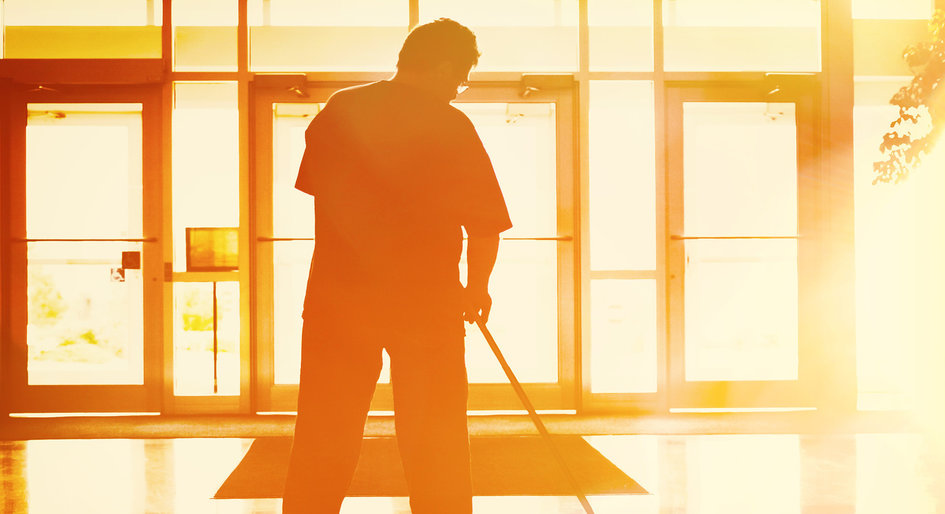Perkins and Will and the nonprofit Healthy Building Network (HBN) maintain that building products with antimicrobial treatments are not proven to be a safe or effective means of controlling the spread of the novel coronavirus.
They reaffirm the findings of a March 2017 white paper on antimicrobial building products which concludes antimicrobial additives have not been proven to have the health benefits they promote, and alternatives should be sought wherever possible.
“We’ve been receiving an uptick in questions from clients and colleagues across every sector about how to prevent the spread of pathogens like SARS-CoV-2, which is the virus that causes COVID-19, in the built environment,” says Mary Dickinson, associate principal and co-director of the Material Performance Lab at Perkins and Will.
“As champions of material health and transparency, we knew a part of our response needed to address the questions surrounding the use of materials with antimicrobials. While we published a robust white paper on the matter in 2017, we needed to ask if the science and governmental feedback was still valid under the current circumstances. It was important to put out research-backed guidance and best practices on this matter as soon as possible.”
The report findings include the following:
Human health impacts
Despite marketing claims suggesting otherwise, no scientific evidence demonstrates additional human health benefits from antimicrobial additives in building products and materials. Such products include textiles, furnishings, flooring, tiles, and other surfaces and interior finishes. In fact, science has shown with repeated human exposure, antimicrobials can inadvertently contribute to the formation of ‘superbugs’—germs that are resistant to medical treatment.
Environmental impacts
Antimicrobial additives have also been shown to leach out of materials during use, entering drains and water treatment facilities. Since wastewater treatment sludge is sometimes spread as crop fertilizer in some jurisdictions, contamination of the surrounding environment becomes a risk. In fact, certain antimicrobials, such as nano silver, are considered toxic to humans and entire aquatic ecosystems.
“It can be challenging to completely avoid antimicrobials if manufacturers provide little or no transparency into their products’ ingredients,” said Max Richter, senior associate of the Perkins and Will Material Performance Lab. “But designers and architects can make more informed decisions through resources such as the Perkins and Will Transparency portal and Precautionary List, as well as HBN’s Pharos website.”
The importance of proper cleaning
Another negative consequence of using building products with antimicrobial additives is the false sense of security they may create when overly relied upon as a part of an infection control plan. In some cases, the use of these products creates the potential for less-diligent facility maintenance.
Marketing claims that antimicrobial building products reduce the transmission of disease are scientifically unfounded. In fact, the U.S. Centers for Disease Control and Prevention (CDC) say human health is best ensured through proper cleaning practices—such as wiping down surfaces with soap and water before treating them with a disinfectant approved by the U.S. Environmental Protection Agency (EPA)—and through proper maintenance of building engineering systems.
Until the CDC issues guidance regarding the efficacy of building products treated with antimicrobials, Perkins and Will and HBN advise design professionals to avoid their use whenever possible.
“As we return to our offices, schools, and public spaces, the CDC and public health authorities are identifying the proper strategies to keep people healthy,” says HBN founder Bill Walsh. “Antimicrobial building products are not one of those strategies.”







